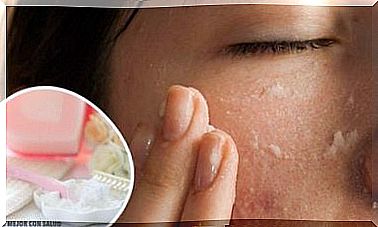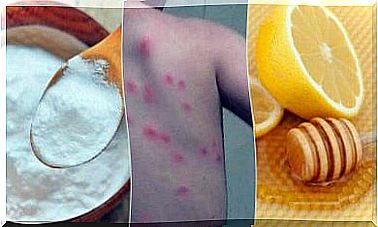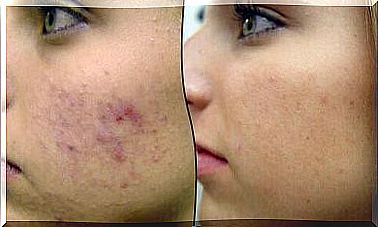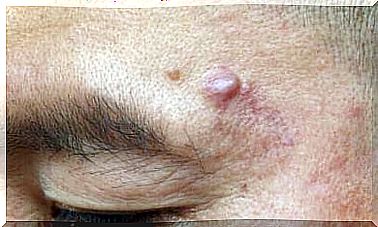Hand And Finger Injuries In Children

From the moment we are born, we are curious to explore our environment. Children touch things and put them in their mouths as they experiment with their tactile stimuli. This is why they are very likely to experience hand and finger injuries.
There is a graphic representation of the sensitivity of the human body, also known as Penfield’s homunculus. It was first described by Dr. Penfield, a neurosurgeon who became famous in the mid-20th century for his work on the brain.
If you look at the drawing, you can see that the lips and hands are larger because they have many sensory neurons. This is exactly why children tend to touch everything and put it in their mouth.
In addition, as they grow and begin to walk, children develop their balance system. So when they fall they put their hands on the ground as a reflex to protect their heads.
Hand and finger injuries in children due to accidents
Hand and finger injuries in children are quite common. Unfortunately, the house is also full of dangers that children should avoid. Electrical burns and cuts are common accidents in the home. So it is very important to know the most common hand and finger injuries and how to treat them to avoid complications.
The most common hand and finger injuries
As we mentioned above, hand and finger injuries in children are very common. Here are some of the most common causes of these types of injuries:
- Incised wounds (what we know as cuts): Children’s skin is very thin, so children can get a cut when they touch the rim of a can, for example, cut themselves with something sharp on the floor, etc.
- Bruises: these occur due to, for example, tripping or falling. They are usually associated with hematomas and bruising. For example, if a child falls hard, he can break his wrist or a finger.
- Pierced wounds: These are the most difficult to treat because wounds are deeper when an object penetrates the skin. This also increases the risk of infections. In this case, you need to make sure that there are no traces of dirt and other things in the fabric. You have to clean the wound well.
- Friction wounds: These are injuries that occur when the skin rubs against the ground in a fall. Knees tend to be the most affected, but they can also occur on the hands, for example when a child falls off a bicycle or in the school yard.
How do you treat hand and finger injuries?
Regardless of the type of wound, you need to follow some guidelines to avoid infection.
- First of all, you need to make sure that there are no traces of foreign objects in the wound and clean the area well.
- The skin is full of tiny capillaries. So even if the wound is very superficial, it can bleed a lot. Applying cold water or ice (preferably with gauze or a clean cloth to avoid direct contact with the skin) narrows the blood vessels. In addition, cooling helps to reduce inflammation.
- Then you need to disinfect the wound. Commercial solutions such as povidone iodine or chlorhexidine are very effective. They are usually also available as a spray.
- If the injury does not heal at all or if you are dealing with a dirty and deep injury, we recommend that you take your child to the pediatrician to check their immunization history as well. Sutures may be necessary to prevent the risk of complications and promote healing.









